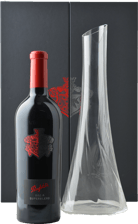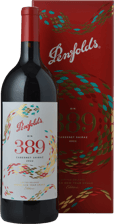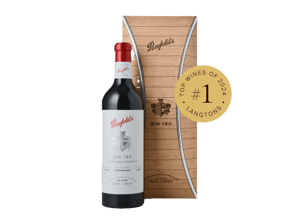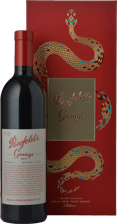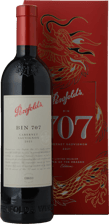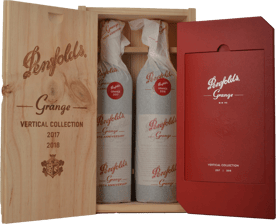Showing 84 products
Page 1 of 4
Showing 84 products
Page 1 of 4
100
KG
99
DE
99
HWC
$874.90
95
JH
95
CM
93
RP
$99.90
95
AC
95
HWC
91
CM
$37.90
97
AC
95
CM
$1,499.00
97
AC
95
CM
$1,499.00
94
HWC
93
DE
93
CM
$55.90
94
KG
93
RP
93
HWC
$47.90
96
DE
96
HWC
96
KG
$95.90
98
DB
97
CM
97
AC
$169.90
98
DB
97
CM
97
AC
$169.90
97
AC
95
HWC
$72.90
96
AC
96
DB
95
JP
$275.00
97
HH
91
CM
$98.99
96
DE
96
HWC
96
KG
$275.00
96
DE
96
HWC
96
KG
$275.00
99
TS
99
KG
99
HH
$999.00
98
TL
97
EL
97
TS
$259.00
98
DB
97
CM
95
AH
$949.00
98
AC
95
CM
$110.00
99
TS
98
KG
97
AC
$709.20
Price reduced from
$788.00
to
99
TS
98
KG
97
AC
$709.20
Price reduced from
$788.00
to
$54.00
Price reduced from
$59.95
to
98
TS
98
NS
97
CM
$1,700.00



